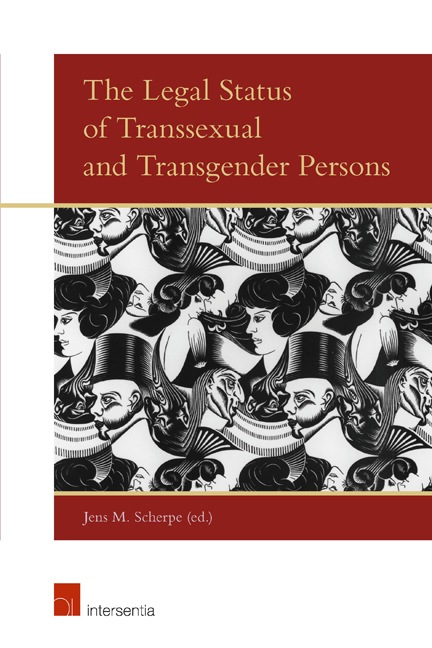Book contents
- Frontmatter
- Dedication
- Preface
- Contents
- List of Contributors
- Introduction
- PART I MEDICAL/PSYCHOLOGICAL VIEWS
- PART II CHRISTIAN VIEWS
- PART III LEGAL VIEWS
- Europe
- Belgium and the Netherlands
- Czech Republic
- Denmark
- England and Wales
- Germany
- Ireland
- Italy
- Spain
- Sweden
- Turkey
- Asia
- Australia and New Zealand
- North and South America
- PART IV CONCLUSION
Ireland
from Europe
Published online by Cambridge University Press: 28 November 2017
- Frontmatter
- Dedication
- Preface
- Contents
- List of Contributors
- Introduction
- PART I MEDICAL/PSYCHOLOGICAL VIEWS
- PART II CHRISTIAN VIEWS
- PART III LEGAL VIEWS
- Europe
- Belgium and the Netherlands
- Czech Republic
- Denmark
- England and Wales
- Germany
- Ireland
- Italy
- Spain
- Sweden
- Turkey
- Asia
- Australia and New Zealand
- North and South America
- PART IV CONCLUSION
Summary
LEGAL FRAMEWORK AND STATISTICS
BACKGROUND AND OVERALL LEGAL FRAMEWORK
At the time of writing, there is no mechanism by which a transgender person can have his or her preferred gender comprehensively recognised in Irish law. The general legal position remains that biological indicators present at the time of birth ‘continue to act as the governance in the determination of sex’. In his 2007 judgment in the High Court case of Foy v An t-Ard Chlaraitheoir, McKechnie J declared that Ireland was in breach of Article 8 of the European Convention on Human Rights in the light of the European Court of Human Rights’ judgment in Goodwin v United Kingdom because of the ‘absence of any provision which would enable the acquired identity of [the applicant] to be legally recognised in this jurisdiction’.
Nevertheless, the Government's Gender Recognition Advisory Group (the ‘GRAG’ or the ‘Group’) did not report until 2011 (following the Government's decision to abandon a surprising attempt to appeal the decision in the Foy case), and the ‘General Scheme’ of a Gender Recognition Bill was finally published only in July 2013. A relevant report of the parliamentary Joint Committee on Education and Social Protection was then published in January 2014, recommending a number of changes to the anticipated Bill. Following discussion of the Committee's recommendations by the Cabinet, a Revised General Scheme (containing few major changes) was published in June 2014, and a Bill based on it was published only in December 2014. Indeed, the Minister for Social Protection has admitted that gender recognition was an issue that has been ‘left unaddressed for far too long’. By the time the General Scheme was published, two Private Members’ Bills had been propagated, by Aengus Ó Snodaigh TD and Senator Katherine Zappone respectively. This chapter will focus on the Government Bill (GRB) that became the Gender Recognition Act (GRA) in July 2015 after considerable amendment and debate. It is apparently expected to be commenced by the end of August 2015.
Ireland has a written constitution. However, in a 2002 judgment relating to earlier proceedings in Foy, McKechnie J rejected the submission that the applicant's inability to have the register of births amended to reflect her preferred female identity violated her constitutional ‘rights of privacy, of dignity, [or] of equality’, or her right to marry, in spite of his recognition that those constitutional rights did exist.
- Type
- Chapter
- Information
- The Legal Status of Transsexual and Transgender Persons , pp. 223 - 248Publisher: IntersentiaPrint publication year: 2015

